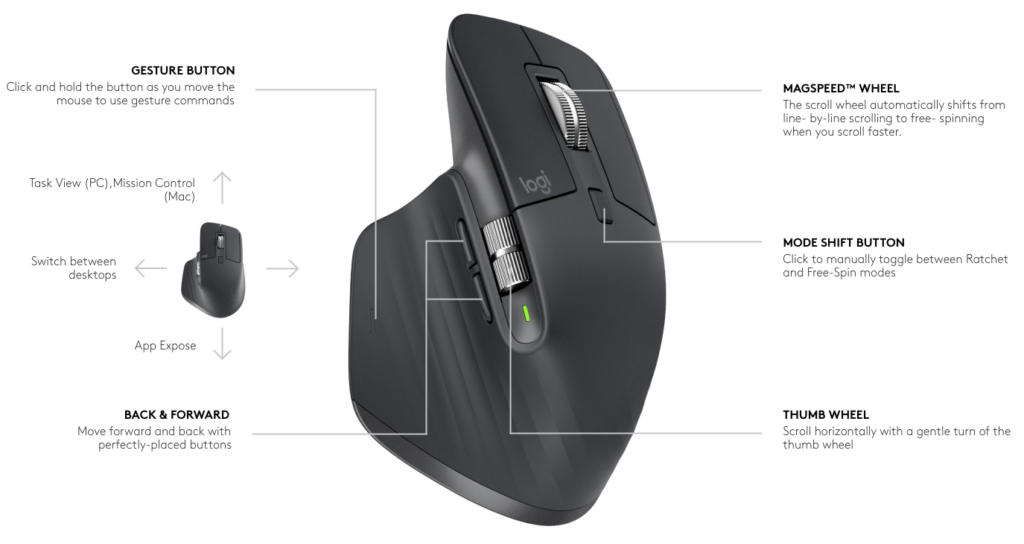

On the other hand, the Magic Trackpad is absolutely worth your money. It also costs $79, or $99 if you want it in black. It’s wireless and rechargeable, but Apple insists on putting the Lightning port on the bottom which means you can’t use it while charging. The flat design won’t fill your palm nicely, and many users complain that it’s uncomfortable to use over long periods. The Magic Mouse is stylish but lacks the raw utility you’d expect from a workhorse mouse. It supports some limited macOS gestures (including two-finger scroll, which you’ll be needing because it lacks a scroll wheel) but falls well short of the utility provided by the Magic Trackpad. It doesn’t feel like it was designed for long sessions or with utility in mind. The problem with Apple’s Magic Mouse is that it’s very expensive for what it is. This isn’t the case with Apple’s aforementioned Magic Trackpad, which is probably the best example of its kind. The Magic Mouse is fine, but you can probably do better.

If you’re a die-hard mouse user or you’re doing something for which the accuracy of a mouse is preferred (like editing photos or playing games) then the Magic Trackpad may not suit. Scrolling is smooth and easy with two-finger scrolling, and you can navigate backward and forward in your web browser with a swipe. With a trackpad you can swipe between desktops quickly, access features like Mission Control and App Exposé with a flick, and use multi-touch gestures like pinch-to-zoom whenever you want. MacOS is an operating system that works better with gestures.


 0 kommentar(er)
0 kommentar(er)
